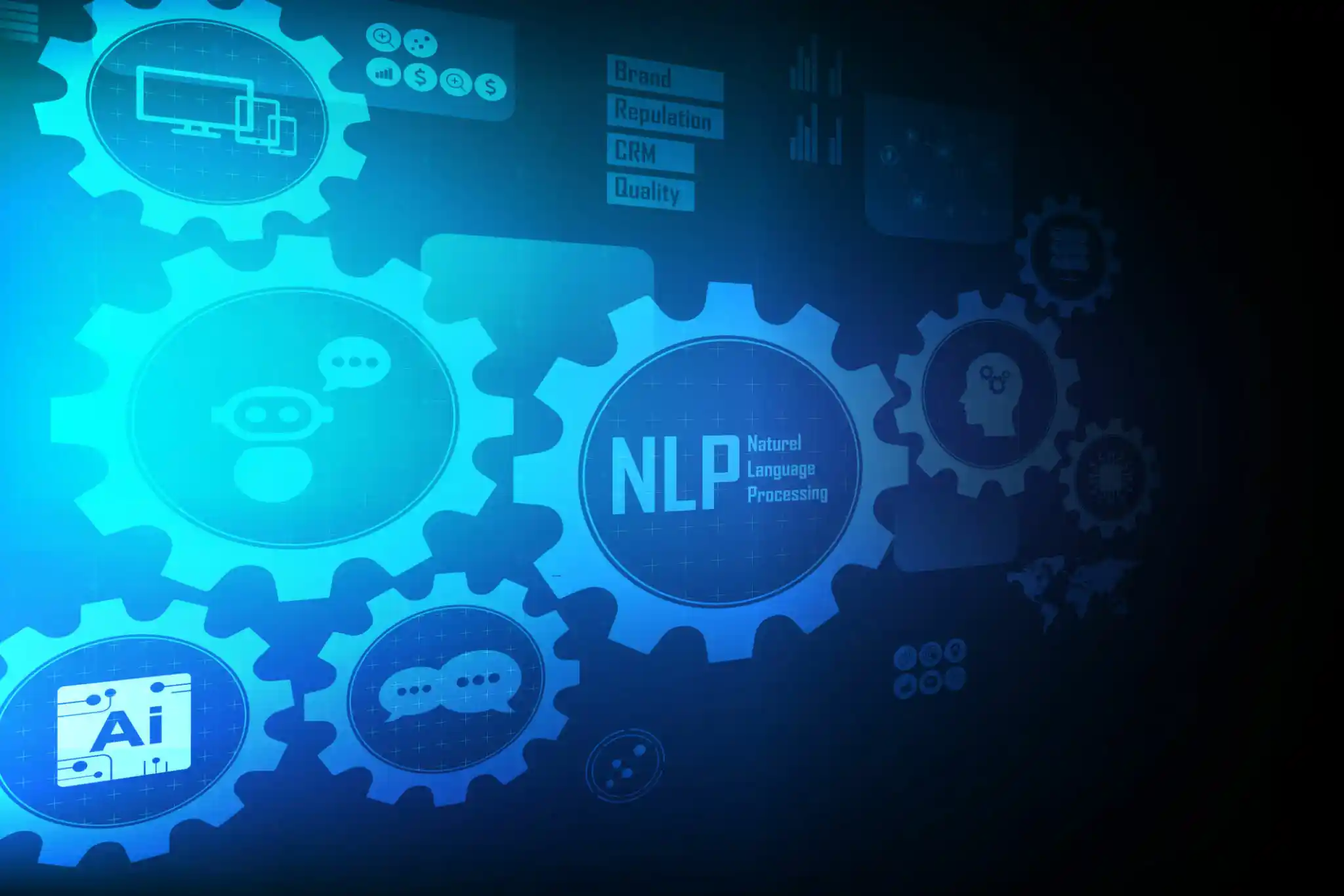Natural Language Processing

About Course
Natural Language Processing:
- Tokenization:
- Tokenization involves breaking down a text into smaller units, such as words or phrases. This is a fundamental step in NLP and is crucial for further analysis.
- Part-of-Speech Tagging (POS):
- POS tagging involves categorizing words in a text into their grammatical parts of speech, such as nouns, verbs, adjectives, etc. It helps in understanding the structure and meaning of sentences.
- Named Entity Recognition (NER):
- NER identifies and classifies entities (e.g., names of people, organizations, locations) within a text. This is essential for extracting meaningful information from unstructured data.
- Syntax and Parsing:
- Syntax analysis involves analyzing the grammatical structure of sentences, while parsing involves creating a hierarchical representation of the syntactic structure. This is crucial for understanding the relationships between words in a sentence.
- Semantic Analysis:
- Semantic analysis focuses on understanding the meaning of words, phrases, and sentences. It goes beyond syntax to comprehend the intended interpretation of language.
- Sentiment Analysis:
- Sentiment analysis, also known as opinion mining, involves determining the sentiment or emotion expressed in a piece of text. It is often used to gauge public opinion on social media or customer reviews.
- Machine Translation:
- Machine translation involves the automatic translation of text from one language to another. Examples include Google Translate and other language translation services.
- Speech Recognition:
- NLP is also applied to convert spoken language into written text. Speech recognition systems, like those used in virtual assistants, rely on NLP algorithms.
- Coreference Resolution:
- Coreference resolution deals with identifying when different words or expressions in a text refer to the same entity. It is crucial for maintaining coherence in understanding.
- Question Answering:
- NLP systems can be designed to answer questions posed in natural language. This involves understanding the question, retrieving relevant information, and providing a meaningful response.
- Word Embeddings:
- Word embeddings represent words as numerical vectors in a continuous space. This technique helps capture semantic relationships between words and is commonly used in NLP tasks.
- Chatbots and Conversational Agents:
- NLP is extensively used in building chatbots and conversational agents that can understand and respond to user queries in natural language.
NLP has a wide range of applications, from chatbots and virtual assistants to language translation and sentiment analysis. Advances in deep learning, particularly using recurrent and transformer architectures, have significantly improved the capabilities of NLP systems.
Course Content
Natural Language Processing
-
00:00
-
00:00